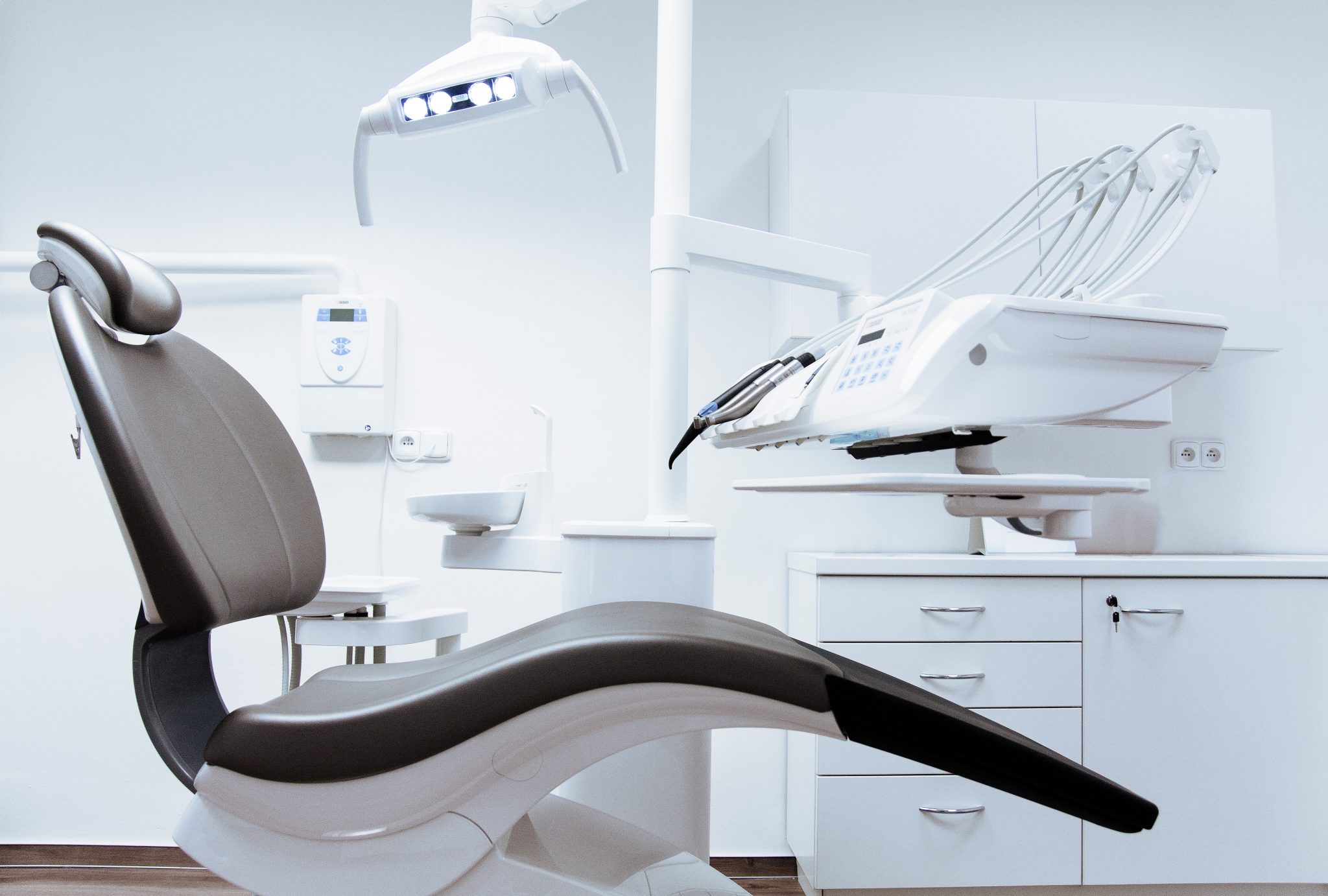
Address the gaps resulting from 1 to 3 missing teeth.
Unveil the brilliance of a dental bridge, revitalizing the aesthetics and well-being of your mouth through the seamless integration of a false tooth.
This ingenious solution finds support from either dental implants, your natural teeth, or a harmonious blend of both, filling spaces with remarkable precision. Often hailed as a ‘fixed partial denture,’ these bridges forge an unbreakable bond, gracefully adhering to your teeth without the need for removal during sleep or cleaning. Beyond its aesthetic prowess, closing tooth gaps plays a pivotal role in securing your long-term oral health. Vanishing missing teeth transcends appearances, enabling ease in speech and chewing, while also preventing neighboring teeth from wandering astray.
Welcome the transformation of your smile and the liberation it brings with the power of dental bridges.
Experience the enduring advantages of dental bridges.
Discover the liberating effects of a dental bridge, banishing self-consciousness and discomfort caused by missing teeth. Not only does this remarkable solution restore the natural allure of your smile, but it also bestows a plethora of long-term advantages upon your other teeth and the overall health of your jawbone.
Embrace the following benefits of a dental bridge:
Comfort
Rediscover confidence, comfort, and joy with dental bridges – a long-lasting solution for missing teeth. Smile, eat, and speak with ease for over a decade with proper care.
Tooth health
Your teeth play a vital role in supporting each other and maintaining your facial structure. When teeth are missing, it can disrupt your bite and create gaps that allow other teeth to shift. A dental bridge prevents teeth from shifting, reducing the risk of decay, periodontal disease, jaw pain, and TMJ disorder caused by misaligned teeth.
Bone health
The synergy between healthy, stable teeth and strong jawbones is undeniable. When our dental health declines, the supporting bone and tissues suffer as well. By opting for a dental bridge, you can stabilize your dental health and effectively slow down the rate of bone loss caused by missing teeth.
Contact us today
to schedule an initial consultation & exam.
Your consultation will include an examination of everything from your teeth, gums and soft tissues to the shape and condition of your bite. Generally, we want to see how your whole mouth looks and functions. Before we plan your treatment we want to know everything about the health and aesthetic of your smile, and, most importantly, what you want to achieve so we can help you get there.
Frequently Asked Questions
The process of getting a dental bridge typically involves multiple visits to the dentist. After the initial examination and treatment planning, the preparation of the abutment teeth and impressions may take one to two appointments. The final bridge placement usually requires another visit. Overall, the duration can vary depending on individual cases, but the entire process may take a few weeks to complete.
Dental bridges are a long-lasting solution, but they are not considered permanent. With proper care and regular dental check-ups, a well-maintained dental bridge can last for many years. However, like any dental restoration, it may require adjustments or replacements over time due to natural wear or changes in your oral health.
During the dental bridge procedure, the area around the teeth being prepared will be numbed with local anesthesia, ensuring that you experience minimal discomfort. Some patients may feel mild sensitivity or soreness after the procedure, but this usually subsides quickly. Your dentist will provide post-operative care instructions to manage any discomfort effectively.
Yes, once your dental bridge is securely in place, you can eat a variety of foods just like with your natural teeth. However, it is advisable to avoid very hard or sticky foods that could potentially damage the bridge. Following good oral hygiene practices and maintaining regular dental check-ups will help ensure the longevity of your dental bridge.
Caring for your dental bridge is similar to caring for natural teeth. Regular brushing, flossing, and using antibacterial mouthwash are essential for maintaining good oral hygiene and prolonging the life of your bridge. Additionally, visiting your dentist for regular check-ups and cleanings will help identify any potential issues early on and ensure the continued health of your dental bridge.






